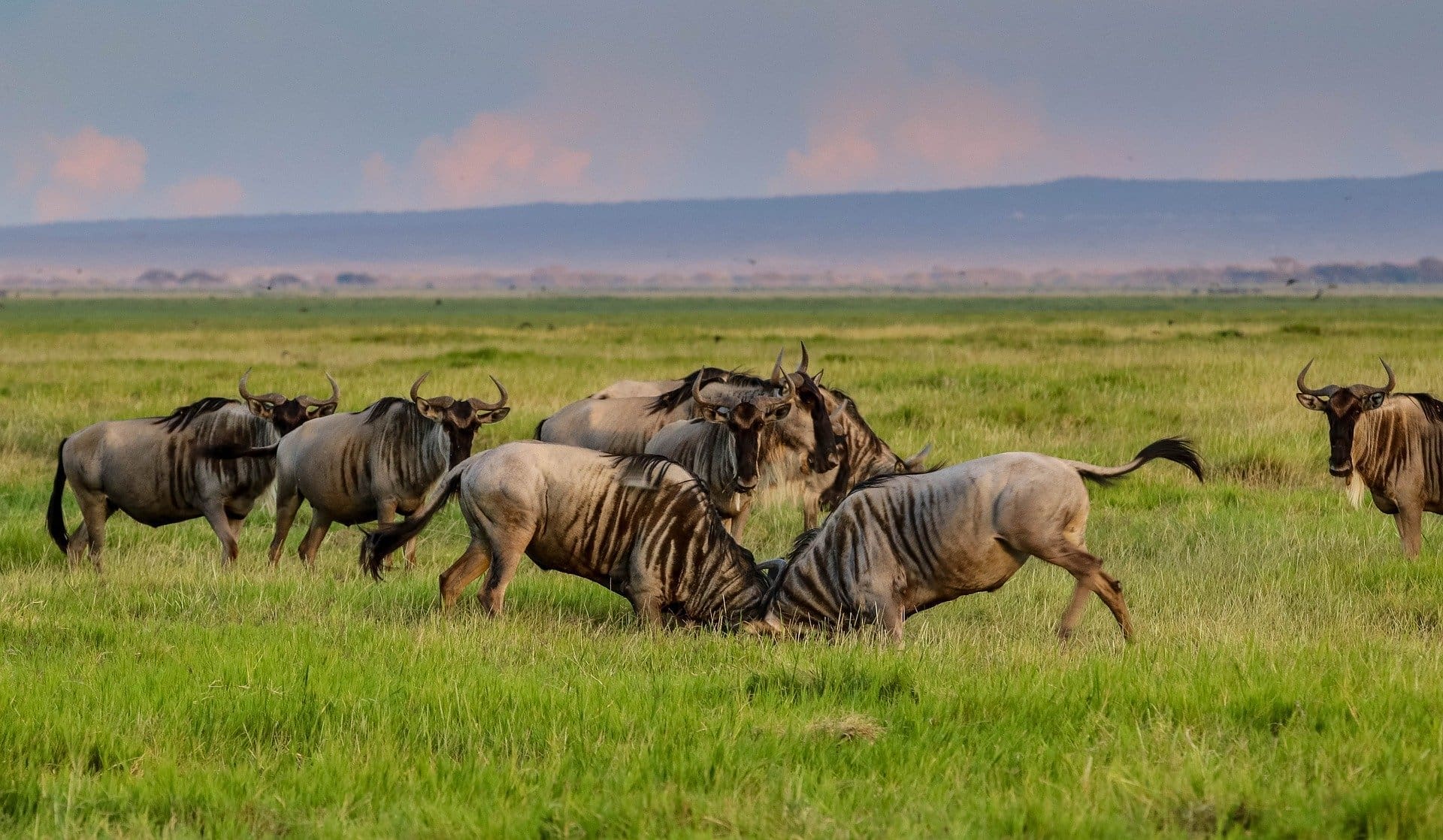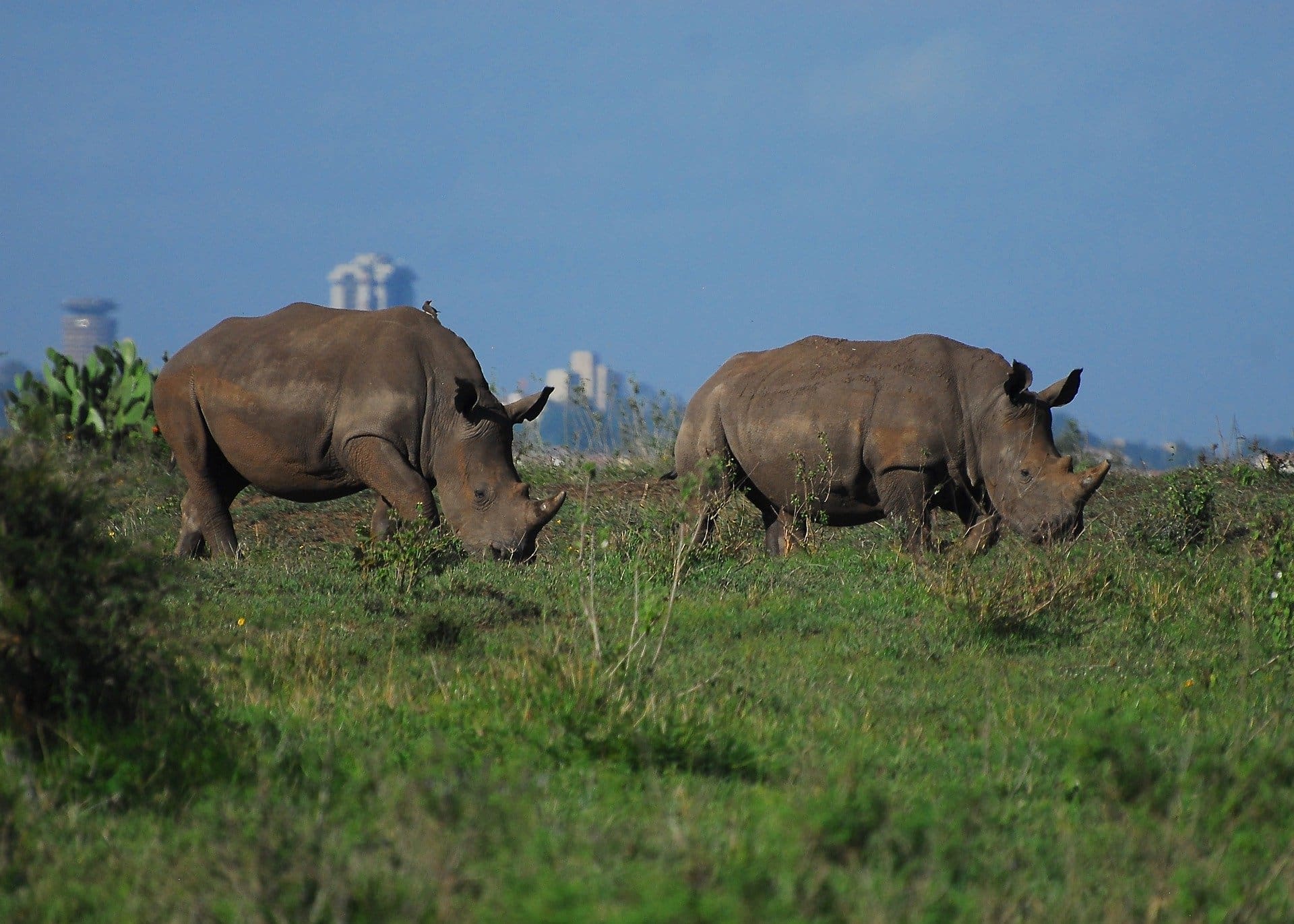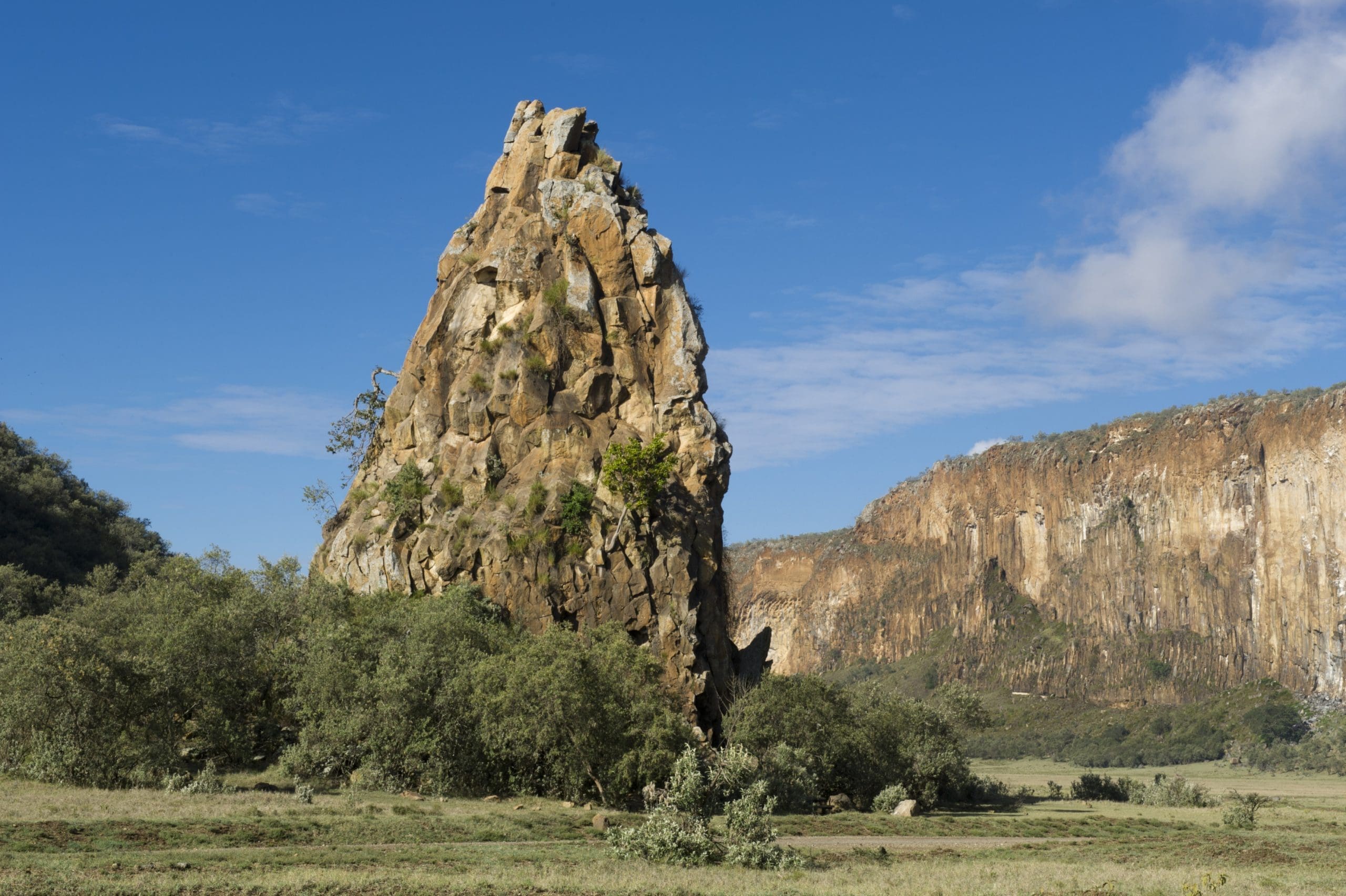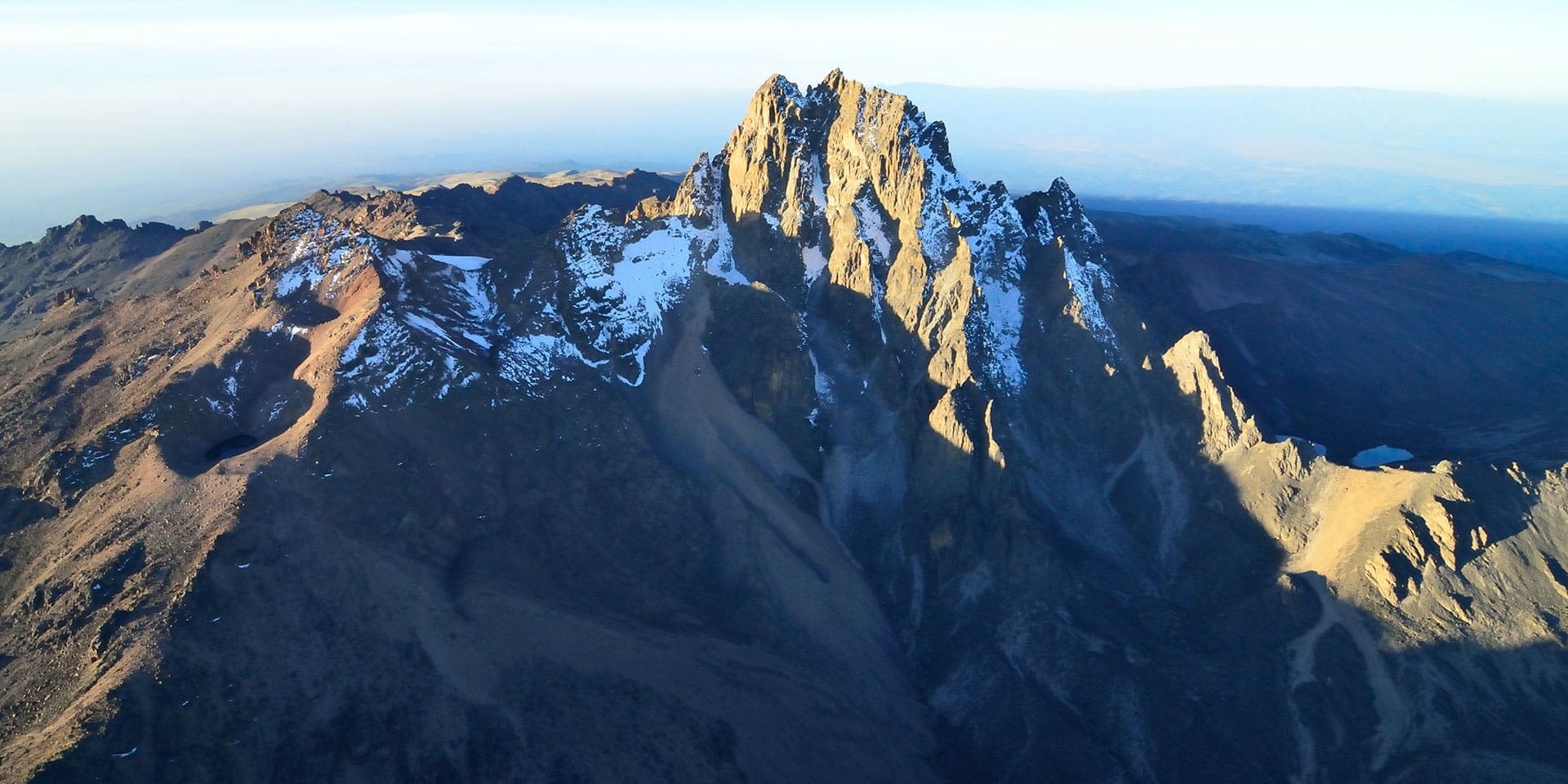One of the most incredible wildlife-viewing destinations in the world, there is an incredible density of spectacular national parks in Kenya – many of which are among the finest in the world.
Kenya is home to the “Big Five” and it’s beautiful national parks provide every variation of landscape you could ask for, with savannah grasslands, acacia woodlands, mighty rivers and majestic mountains. Each of these national parks has a its own unique attraction, from The Great Migration to the origins of The Lion King.
How many national parks are in Kenya?
Officially, there are 25 national parks in Kenya. However that number is more than double when you include national ‘reserves’ and marine parks.
Here are the 10 best national parks in Kenya:
Masai Mara National Park
The Masai Mara is widely considered as the greatest national park in the world. It is one of the most visited wildlife reserves and is the stage on which the famous ‘great migration’ plays out. Visitors come from all reaches of the world to experience the ‘new world wonder’, that sees millions of zebra and wildebeest migrating across the Mara river. Such a spectacle is seen nowhere else on earth.

The Masai Mara is one of the most abundant national parks in Kenya, and boasts exceptional wildlife viewing all-year-round. The national reserve is photographer’s paradise with a plethora of elephant, buffalo, giraffe and of course the iconic big cats – who can always be found scowling the plains during the migration. There are also more than 450 bird known species in the Masai Mara.
The Mara River is home to some of the largest nile crocodiles in Africa, who share the water with large pods of hippo.
This portion of East Africa is a stronghold for Maasai tribes, an ancient culture famous for their fierce warriors -once expected to hunt and kill lions in order to prove their strength and manhood. Easily recognisable for their iconic red robes and beads, Maasai tribesmen also offer cultural tours.
Amboseli National Park
Another marvel in East Africa, Amboseli National Park is a haven for elephants. It is home to the largest remaining bull elephants on the continent. These ginormous individuals, known as ‘Tuskers’ are world-famous for their age and colossal tusks.
The park is centred around ‘Observation Hill’ which offers incredible views of the plains below. Large breeding herds of elephants and giraffe can readily be seen grazing against the backdrop Mount Kilimanjaro – the highest free standing mountain in the world (which actually lies within Tanzania borders).

As if the elephants weren’t enough, Amboseli is one of the best places in the world for bird watching with more than 400 species of birds and 47 species of raptors. The abundance of birdlife is thanks to the presence of a vast network of swamp ecosystems, fed by an endless underground water supply, that filters through expanses of volcanic rock from Kilimanjaro’s ice cap. The water funnels its way into two clear-water springs at the heart of the park.
Maasai tribes live around the park, and besides their cattle, Amboseli is home to more than 50 mammal species including: hippo, cheetah, leopard, lion, rhino and buffalo and more.
Lake Nakuru National Park
Famous for its large flocks of bright pink flamingos, Lake Nakuru is a birder’s paradise. The lake is filled with a variety of algae that attracts flamingos in their millions. Other bird species to be seen around the lake are the pied kingfisher, African fish eagle, and the Goliath Heron.
Aside from the birds, Lake Nakuru hosts a broad range of large mammal species including white rhino, baboon, warthog, cheetah and giraffe.

A somewhat new addition to the list of national parks of Kenya, Lake Nakuru recently expanded its borders to aid conservation efforts of the endangered black rhino.
A two-hour drive from Nairobi, Kenya’s capital city, makes it an ideal destination for a day trip. The Rift Valley escarpment along with the expansive lake and its surrounding patchy grassland make up the landscape.
The river around the lake hosts hippo, crocodile, waterbuck, both black and white rhino, eland, impala and plenty of birds with seasonal waterfalls appearing as well. The forested area, near the designated camp site, is where to find lions – up in the trees.
Tsavo West National Park
Known as the land of lava and man-eaters, Tsavo West is one of the lesser-known national parks in Kenya, made up of beautifully rugged landscape. The total conservancy is approximately 22,000 square kilometres and home to all of the ‘Big Five‘.
The park’s vast savannah ecosystem consists of open grasslands, scrubland, acacia woodland as well as belts of riverine and rocky outcrops. The famous ‘Poachers Lookout’ viewpoint allows visitors an incredible window to watch the incredible herds grazing on the plains below.

The park offers guests the opportunity to watch elephants bathe alongside hippos and crocs from an underwater glass tank – a completely unique experience!
The Mzima springs are an incredible sight, as fifty million gallons of crystal clear water gush out from under parched lava rock. Other notable attractions in the park include: the Shetani Lava Flow, Lake Jipe and, of course, the animals!
Tsavo West boasts some of the most spectacular wildlife-viewing of any game reserve in Africa. Notable species include: elephant, rhino, hippo, lion, cheetah, leopard and buffalo. The park also offers a large variety of bird species including the threatened corncrake and near threatened Basra Reed Warbler.
Tsavo East National Park
Tsavo East National Park runs parallel to Tsavo West and shares all of its incredible natural wonders. The 2 separate reserves are divided by a railway which runs from Mombasa to other parts of the country. It was during the construction of this railway that a single pride of lions killed over 100 men in 1896.
Tsavo East in its own right is the largest of Kenya’s national parks and together they contend for the largest wildlife reserve in the world.
The park is most famous for its 10,000 dust-red elephants, that can be seen wallowing and playing in the Galana River while other attractions include the Lugard Falls and the Yatta Plateau – the longest lava flow in the world.
Not as developed as its counterpart in the west, one of the biggest draws for Tsavo East is the fact that guests can embark on a three hour game drive and not encounter another vehicle throughout the entire duration. There are also very few lodges and camps in the park and the remoteness creates a truly authentic African wilderness experience.
The park is home to most of Africa’s iconic wildlife, including: large herds of elephant and buffalo, rhino, hippo, kudu, gerenuk and the predators lion, leopard, crocodile. There are also 500 recorded bird species within its borders.
Nairobi National Park
Nairobi National Park lies just a stone’s throw from the hustle and bustle of Kenya’s capital city and often provides epic photographic opportunities, with wild animals roaming against the backdrop of the city skyline. It is the only national park in Africa, with such close proximity to a capital city.
This unique layout is found nowhere else on the continent and and the park’s beauty is enhanced by the combination of scattered acacia trees and buildings that blend into the horizon.
The national park is also one of the most successful black rhino sanctuaries in Kenya, and is already producing stock for reintroduction into other parts of Africa. It offers spectacular game-viewing as it enjoys its own wildebeest migration and hosts more than 400 species of bird.
Walking trails are popular among visitors hoping to experience wildlife encounters on foot. It is the ideal safari destination for those staying over in Nairobi.
Samburu National Reserve
Samburu National Park is another of the lesser-known national parks in Kenya, but it is only a matter of time before this wildlife mecca gains popularity!
Sharing a border with 2 other reserves – Shaba and Buffalo Springs – Samburu is located in the dry, arid landscape of North Central Kenya.
The Ewaso Ngiro River which runs through the reserve, acts as an oasis and attracts animals from across the surrounding savannah. The reserve boasts a richness of wildlife and popular sightings include: lion, leopard, cheetah, elephant and buffalo.
Samburu is also privileged to host an abundance of rare northern specialist species such as the Grevy’s zebra, Somali ostrich, reticulated giraffe, gerenuk and the beisa oryx – these are known as the Samburu Special Five. Wild dog sightings are common and are a massive attraction for the reserve, which also hosts an abundance of bird life with over 450 species on record.
Arguably the most-famous-ever resident of Samburu was ‘Kamunyak’ the lioness who adopted a baby oryx.
Aside from the wildlife, a highlight of any visit is to meet the Samburu people, who were drawn to the region by the reliability of the Ewaso Nyiro River for watering their herds. Camel safaris are on offer at most of the lodges and if time allows, the Laikipia Plateau is also worth a visit!
Hell’s Gate National Park
Home to the real life inspiration for The Lion King and ‘Pride Rock’, Hell’s Gate National Park is a 68 square kilometre wilderness area in the surrounds of Lake Naivasha.
With its name being inspired by the intense geothermal activity that occurs within its boundaries, Hell’s Gate is a remarkable quarter of the Great Rift Valley. Characterised by its spectacular scenery made up of towering cliffs, water-gouged gorges, iconic rock towers, scrub clad volcanoes and belching plumes of geothermal steam – it is one of the most atmospheric national parks in Africa.
Hell’s Gate offers a unique African experience with buffalo being the only species of the Big Five present within its borders. This means that visitors can get a more intimate, danger-free experience in the wilderness through activities which include walking, biking, rock climbing and enjoying a natural spa. It is also an important stronghold for the lammergeyer (The Bearded Vulture).
The park is an amazing destination for a day trip from Nairobi, being just 90 kilometre’s away.
Mount Kenya National Park
At 5,199 metres high, Mount Kenya is the second highest peak in Africa and the inspiration behind Kenya’s modern name. It is also a UNESCO World Heritage site and the seat of the Kikuyu God, Ngai.
Mount Kenya National Park is home to a variety of rare animal species as well as spectacular lakes and tarns, a permanent glacier, mineral springs, and forests. The mountain plays an incredibly important role by providing water for around 50% of Kenya’s population and producing 70% of the country’s hydroelectric power.
The montane and alpine vegetation is incredibly unique, and hosts a wide variety of wildlife, with species including elephant, tree hyrax, white tailed mongoose, mole rat, black fronted duikers, bushbuck, waterbuck, leopard, black rhino and buffalo. The park also offers excellent birding with over 150 individual species and a lucky few may even see leopards, bongos, giant forest hogs and rhinos.
Visitors enjoy mountain climbing, camping and cave exploration, while taking in the awe-inspiring sight of the mountain’s rugged snowcapped peaks. While the summit is a difficult climb, reserved for more experienced climbers, the lesser peak of Point Lenana (4985 metres) can be easily reached by any fit hiker. The total trek takes 3 to 5 days.
Aberdare National Park
Aberdare National Park is as famous for its picturesque waterfalls as it is for its rare wildlife species.
The Aberdares are the third highest mountain range in Kenya, reaching a summit of over 4000 metres. This expansive range is well-known for its thick salient forests and the prolific game that inhabit them.
The forest is a hidden world of wildlife, with thick vegetation providing perfect cover for countless species. Huge herds of elephants and buffalo move almost silently through the undergrowth, while birds and colobus monkeys dominate the tree canopy.
The national park is found in the country’s centre, and regular rains keep the wilderness lush and green all year round. The rains also contribute to the cool temperatures, uncharacteristic for Africa, but perfect for long hikes. This area is in the highlands and is one of the best national parks in Kenya to visit for panoramic views.
Aberdare National Park is well-renowned for its rare species of rhino, black leopard, golden cat, serval cat, blue duiker and bongo antelope while other species found in the park are: spotted hyena, olive baboons, warthog. The park’s bird life is abundant with over 250 species including the Jackson’s Francolin, Sparrow hawks, goshawks, eagles, sunbirds and plovers.
The Aberdares can be explored by vehicle, horseback or on foot. There are various trekking trails throughout the forests, and across the moorlands. Trout fishing in the rivers is also a popular activity.






